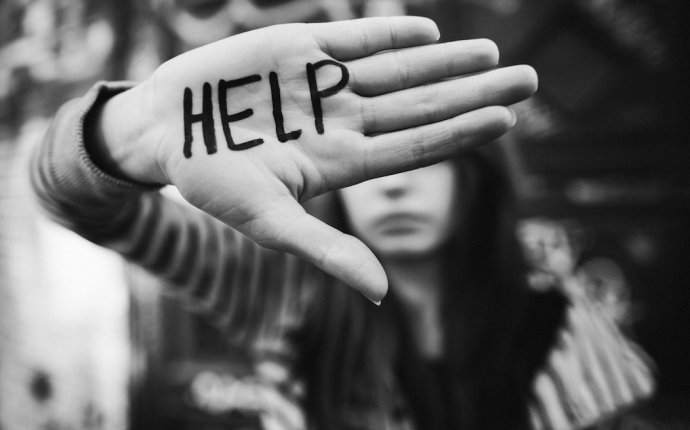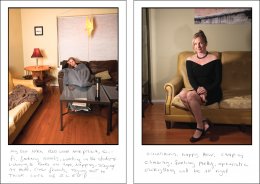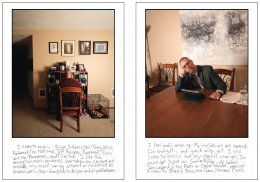
Mental Illness
 Me.
Me.
Liz Obert
For many years, Liz Obert woke up, got dressed, went to work, and acted as if everything was fine. Once she returned home, however, she found herself lying around depressed, feeling hopeless and full of dread. Diagnosed in her early 20s with depression, Obert said she tried therapy and medication, but nothing seemed to work until around five years ago when a psychiatrist diagnosed her with bipolar II disorder and put her on mood stabilizers.
Although she’s had a few medication tweaks since then—“that’s kind of the life of someone who has bipolar”—Obert said she has for the most part been in a good place.
 Obert feels the dual life she led for so long isn’t unique for people who suffer from mental illnesses and who “must mask their symptoms in order to function in the outside world.”
Obert feels the dual life she led for so long isn’t unique for people who suffer from mental illnesses and who “must mask their symptoms in order to function in the outside world.”
In 2013, she decided to begin a series that dealt with the realities of what it means to put on a brave face while simultaneously coping with forms of depression. Starting with herself, Obert took two photos: one that showed the person she chooses to present to the world, and a second portrait that presented an image of how she existed behind closed doors when feeling depressed.
“I hope to give a glimpse to the viewer about the internal lives of people who struggle with disorders that are often misunderstood, ” she wrote in an artist statement about the series “Dualities.”
Jason. Sharon. John Paul. Liz Obert
Liz Obert
Once she took the shots of herself, Obert began asking friends to see if either they or someone they knew who suffered from bipolar disorder—both I and II—or major depressive disorders would be interested in modeling. So far she has made 10 dual portraits and is hoping to expand on the project, but finding willing participants hasn’t been easy.
“A lot of people are free and open about it, ” Obert said. “But I’ve definitely approached people who were like no way, this is too public.”
She feels a lot of it has to do with an ongoing stigma about mental illness in the United States.
 “As I’ve been doing this project I found that a lot of people don’t have a clear view of what bipolar and depression is—bipolar in particular, ” she said. “I think the world still needs to be educated a bit more in that process. Robin Williams’ death brought it up a bit in the press and through that we were able to create discussions about it but most of the time it is unspoken.”
“As I’ve been doing this project I found that a lot of people don’t have a clear view of what bipolar and depression is—bipolar in particular, ” she said. “I think the world still needs to be educated a bit more in that process. Robin Williams’ death brought it up a bit in the press and through that we were able to create discussions about it but most of the time it is unspoken.”
Obert shoots both portraits in one day, and, apart from setting up lights and choosing the camera angle, she allows the subjects to decide how they want to be portrayed and how they want to pose. Often, shooting the portrait that describes how they feel when depressed is easier to shoot since the one that shows how they wish to be seen in the world can be more awkward.
Katherine. Brian.Before taking the portraits, she meets with the subjects over coffee or a drink in order to get to know them better.
“It’s very important to enrich the process, ” she said. “We discuss how they want to be portrayed, what they do when they are depressed and how they want to be seen in the world.”
To help connect the subjects to the work, and to give the viewer more insight into how they are feeling, Obert then asks each person to write down on the printed images how they feel in each portrait.
“I thought it would give an avenue of expression to give a deeper meaning to the photographs and a little bit more insight into the subject and how they feel in each state.”
Jonathan. Steph.










